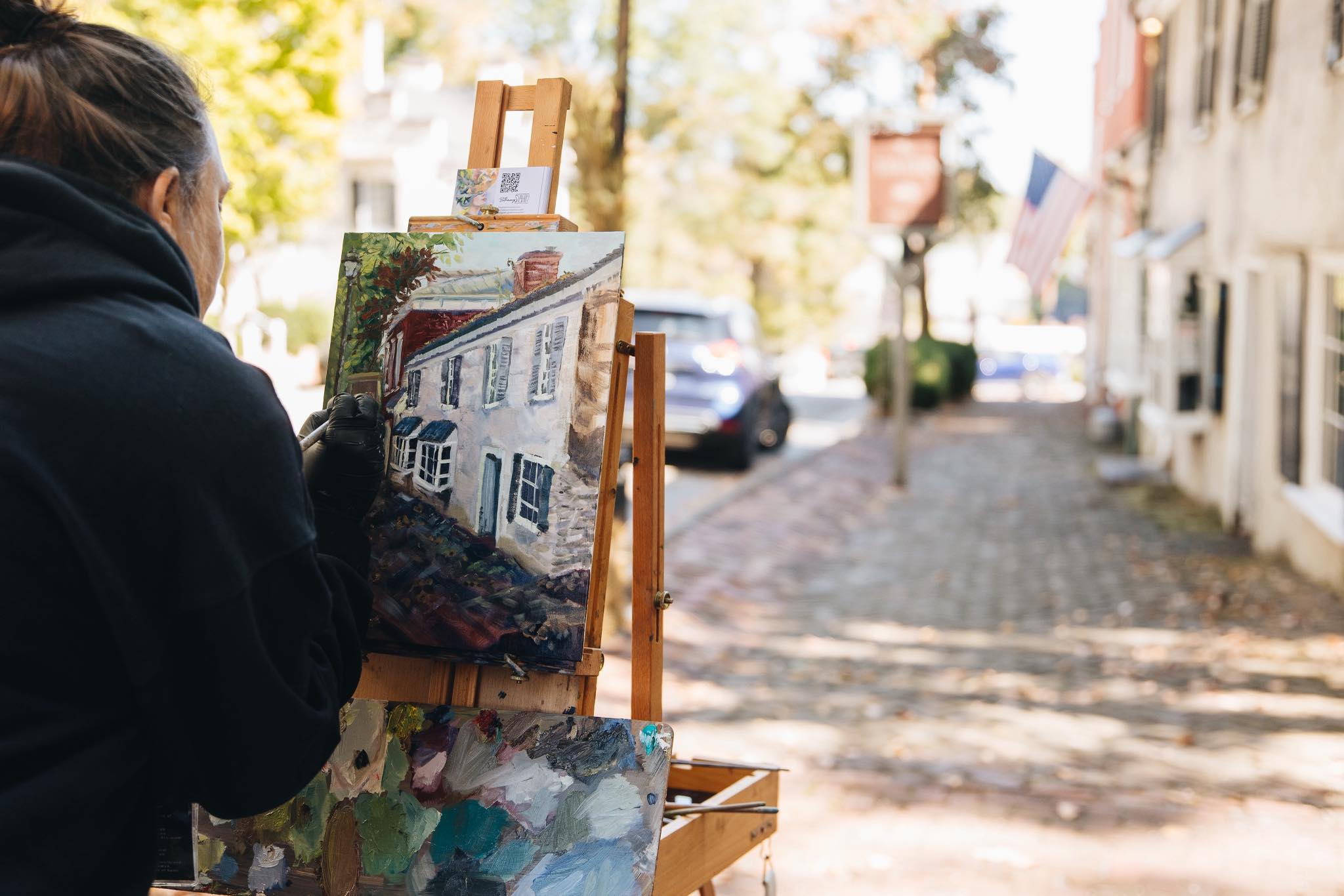
A Moment in Time
A solo exhibition featuring plein air work by Bethany Stahl, created to inspire beauty in the mundane and preserve a moment that will never be recreated.

Blooming Botanical
Inspired by florals coming to life after a period of dormancy, symbolizing Bethany Stahl’s return to painting after a long period of autistic burnout, showcasing elegance and subtle strength in the face of adversity.

En Plein Air
Bethany Stahl is an award-winning plein air artist painting at events all around the nation. These paintings capture a specific moment in time in her unique impressionist style.

The Diablerie Trilogy
A dark fantasy YA novel blending magic, prophecy, and self-discovery. Tovey uncovers her powers while facing manipulation, abuse, and resilience in a dystopian world, struggling to survive and find her identity.

Save the Earth® Series
A collection of children's books that blend engaging storytelling with environmental education. Each book addresses a specific ecological issue, aiming to inspire young readers to love and protect our planet.
Currently On View and Coming Soon
EXHIBITION HIGHLIGHTS

6" Squared Season of Giving at Thornhill Art Gallery
Bethany Stahl has been invited to share her entire Coastal Collection in a group show at Thornhill Art Gallery in Portsmouth, NH
December 5, 2025 – January 30, 2026
Thornhill Art Gallery 250 State Street Portsmouth, NH 03801

Rooted in Nature at Ijams Nature Center
Bethany Stahl has been invited to share her work in a solo show at Ijams Nature Center in Knoxville, Tennessee.
Rooted in Nature features a collection of paintings by Bethany Stahl designed capture how humans are all intrinsically rooted in nature.
November 2026
2915 Island Home Ave, Knoxville, TN 37920
